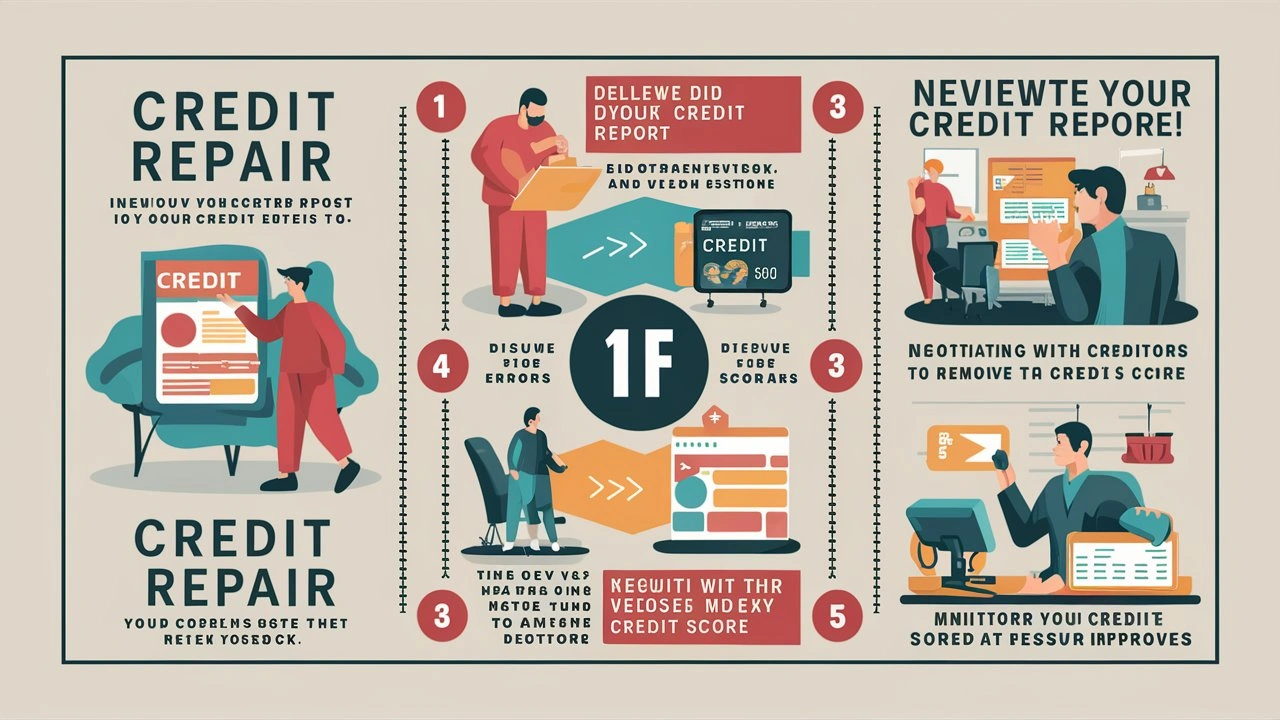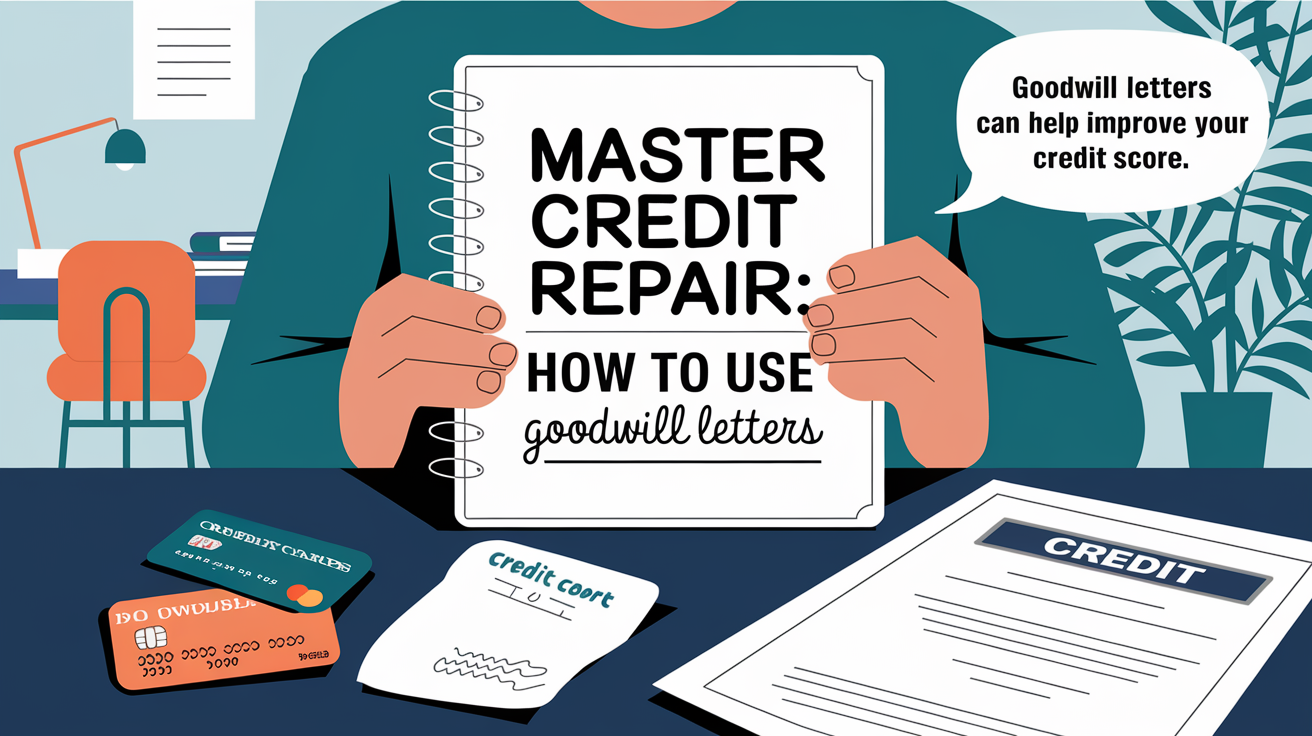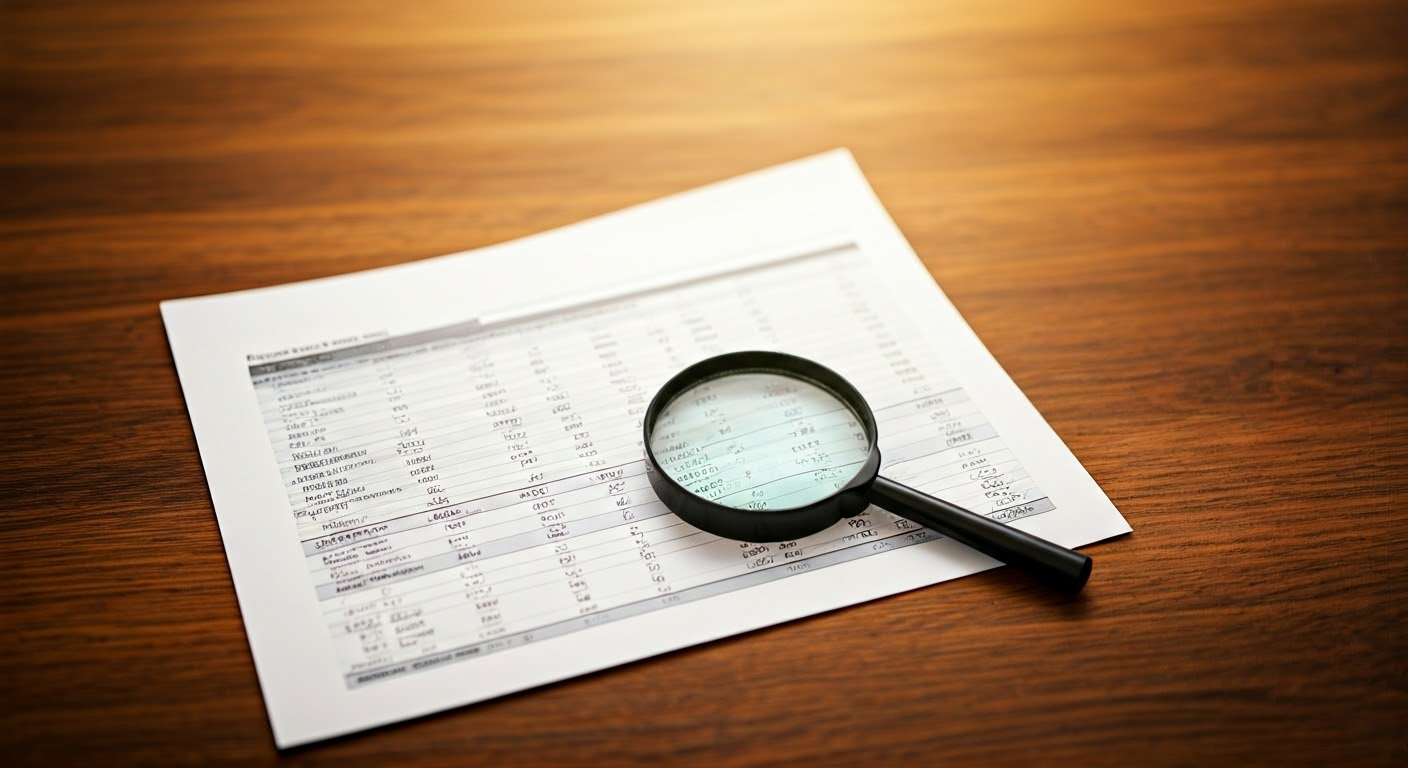How Credit Repair Works?

Good credit is desirable when it comes to loans, credit cards, mortgages, insurance, and in some situations, employment or housing. If you have mistakes on your credit report or a low credit score, it will affect your financial status, and it becomes difficult to be approved for something. Nevertheless, you have a choice of avenues for correcting credit problems. Here’s how credit repair works in brief.
What Is Credit Repair?
Credit repair is the act of eliminating all the wrong information that needs not to be on your credit profile to enhance the credit status of an individual or business. This may require challenging the credit reporting details with the credit bureaus and negotiating with your creditors. This means that they aim at having negative items removed or altered in a way so that they can boost their credit score.
Credit repair is mainly beneficial to the following people:
Anyone can benefit from credit repair if they have mistakes or other problematic items on their credit reports.
- Fraudulent credit information that is negative and unverified, such as identity theft or authorized user accounts
- Accounts that you wish to remove from collections because the debt is too old or has already been paid
- Delays from financial troubles such as medical expenses, divorce, or job loss
- Bankruptcies that are more than seven to ten years old, depending on the type
- Properties that should no longer be on the market, specifically foreclosures or short sales that are still active or ones that have been on the market longer than they should have been.
Credit repair is the process of fixing and improving one’s credit score and may take any amount of time to complete.
Credit repair activities typically require 3 to 6 months, though it depends on a range of factors. This complies with the Fair Credit Reporting Act that mandates the credit bureaus to come up with a response within 30-45 days of the dispute. However, credit repair is a continuous process, and therefore, there might be times you have to continuously dispute some items or even keep checking the reports for new problems. A credit score is an important tool for financial health and stability and needs to be kept in check at all times.
Step-by-Step Credit Repair Process
If you want to repair your credit, follow this general roadmap.
- Visit AnnualCreditReport.com to obtain your credit reports and check your entire history. Check for any discrepancy or inaccuracy or any items that may be expunged.
- Begin collecting documents, records, and statements that deny or contradict any of the adverse information you wish to have expunged. Once the credit bureaus receive the letter containing the dispute, they have 30 days to confirm the dispute with the consumer.
- Compose your dispute letters stating your reasons and supporting evidence as to why each entry should be removed or corrected by the credit bureau. They are best sent through certified mail with return receipts.
- Contact if mistakes have not been addressed or if the changes did not boost your grades as expected. You can file more disputes or provide more details to be included in your credit report.
- Seek creditor goodwill for matters such as medical bills or other reasons that may lead to the inability to pay as agreed. Request that late payments be deleted or that credit limits be restored to help your credit ratings.
- Be patient and persistent. It is important to ensure that you adhere to the set credit repair schedule. It takes 45 to 90 days or even more, depending on your cases and circumstances. Maintenance prevents new mistakes or relapses from occurring in the long run.
Credit Repair Strategies
Specific techniques credit repair companies use to help improve clients’ credit reports and scores include.
- Contest ill-timed payments, collections, bankruptcies, repossessions, and other adverse information.
- Disputing content that is stale or outdated for over 7 years to be deleted
- Inserting comments that create a background of credit report disputes and adverse records
- It involves reaching an agreement about debts to get a validation to delete collections completely
- Proposing that goodwill should be reduced because of adverse conditions, thereby expressing support for accounting for losses.
- It means that to restore a positive payment history, one must set up new responsible accounts.
- Getting an authorized user on a creditworthy account to establish a good recurring payment history
- This involves balancing amounts to reduce utilization ratios that affect credit scores.
Is Do-It-Yourself Credit Repair Possible?
Yes, it is possible to repair your credit without having to pay a credit repair company to do it for you. The above-described dispute process is effective if one is willing to study the system and invest time in researching documents and evidence. However, firms usually have relations with the creditors, superior strategies, and information that make them accomplish the removals conveniently. Well, if you wish to save the steps or get quick results, the ones shared above might be worth a try.
The key is to remain constant and work on correcting your reports step by step. Do not despair — every point to your credit score is important, and it will all add up eventually. Thus, by offering and counter-offering, as well as by constant supervision, it is possible to breach limitations, boosting the chances of approval for loans, housing, employment, insurance costs, and credit limits.
Ready to boost your credit score? Call +1 888-804-0104 now for the best credit repair services near you! Our expert team is here to help you achieve financial freedom and improve your credit. Don't wait—get started today!



